Your brand’s image and how you see it are crucial for expanding your business. The brand should be designed so that its name, logo, and agenda should match your customers’ demands and preferences. And they should be convinced to buy products or services from your brand. There are various ways through which your brand can be promoted among the public, but one sure-shot way is through email marketing. It means writing emails to the target user to inform them about your brand’s product or service following the right marketing strategy. In this blog, we will describe what email marketing is, what brand identity is, and how brand identity can be built using email marketing services.
What is brand identity ?
The logo, name, and product design all come under brand identity. Identifying brands helps a customer know about its existence and thereby availing needs. People tend to choose brands they know rather than the ones they don’t. It can only be possible if your brand’s identity is reached among the maximum number of customers. Brand identity covers many other aspects like popping up your brand product on the website, making your brand familiar on social media platforms, and most importantly, running email campaigns about your brand’s product or service.
What is email marketing ?
It is a process in which people on the email list are made aware of the products or services through written mail in order to reach the target audience. A customer through mail, can get to know about the latest updates and offers about your brand. Business owners of email marketing agencies run email marketing campaigns for this. Also to build a brand through email marketing you should know about the best email marketing platforms where your content can be promoted.
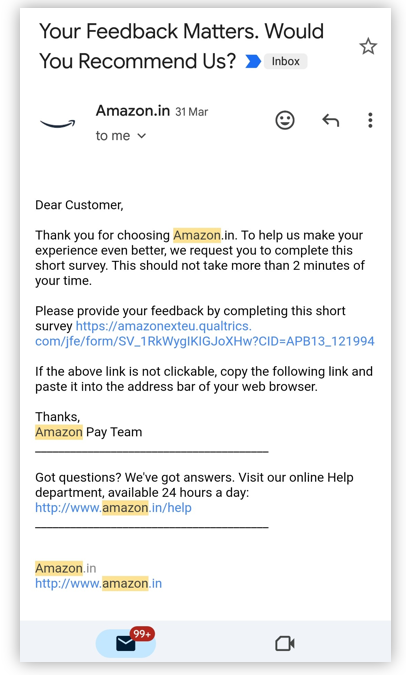
Some of the best ways to build your brand identity through email marketing
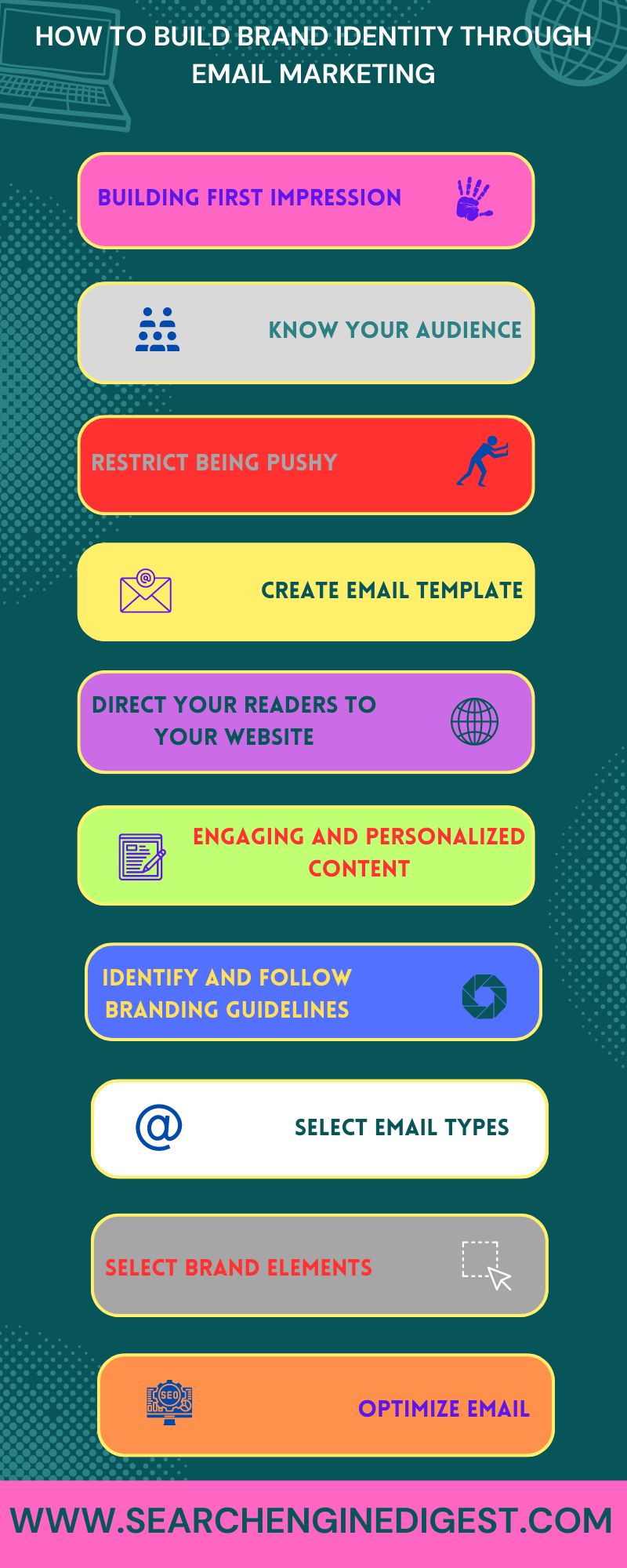
- Building first impression: Your welcome email is the most essential step in composing mail for the target audience. Further, set up an automatic signature and get an email automation tool to send a welcome email as soon as the customer signs up. Also, it is imperative to ask permission to send promotional emails as they are sensitive information to be given, so be polite in asking for approval. When people sign up for your email communications, they have shown trust in your brand. The initial welcome email should consider the following: introducing your brand, promising to be consistent, following your commitment, and taking care of their privacy. Relationships between a business and a customer are easier to handle when you have your first impression by a welcome email which eventually helps you show your brand face.
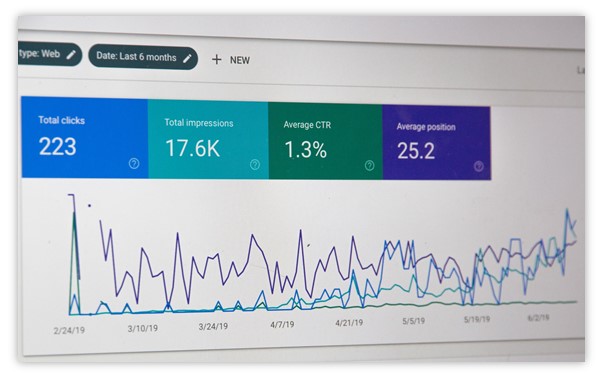
- Know your audience: Before you start building your brand identity, you need to understand your target customer, their demands, choices, and how they look upon your brand. You can also conduct surveys or collect data about a specific section of the population. Once brand identity is maintained, it helps to build a long-term relationship of trust and loyalty between business and consumer. Since now you know about your audience, you can customize mail for them and send perfect emails describing your product or service, its usage, its advantages, etc . An email should be written keeping in mind the demands and preferences of the customer. Moreover, it should be written in simple, plain, and direct language so that it can be understood by users quickly. There are several things you can do to take care of your users’ needs and choices, one of them is asking your customer’s regular feedback about your brand in your email as feedback helps customers value their opinions. Writing an interactive email by posting videos, images, discount offers, and so on will also help to recognize your brand, thereby helping building it in the short run and long run as well.
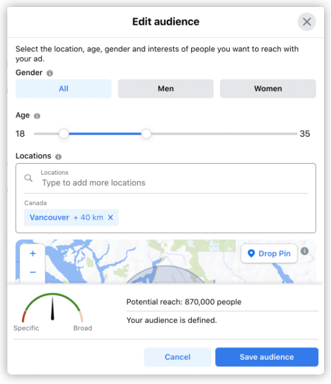
- Restrict being pushy: Forcing people to buy your product or service through email is definitely not a preferred way of email marketing. People have the right to make their choices, and what they expect from you is the correct information and a good user experience. Marketing your brand naturally and describing its benefits without using any forceful language is the most preferred email marketing strategy. People respond to open emails based on who sent them, their writing tone, intentions, etc. Users will never appreciate content written to make them forcefully buy their brand’s products or services. Indeed, mail content is registered with the agenda of increasing sales, but it should come as a natural inclination of the buyer to buy it after reading that mail. In that way, customers will be retained and connected with your brand. Using your email to entertain and educate your customers is always a good idea. The main reason for not being pushy is that when you build your brand identity and create a connection, sales will increase automatically without the forceful sales pitch.
- Create email template: Brand identity can be built in one go by creating branded email templates for various purposes, from blog posts and newsletters to event invites. This is one of the essential strategies of email marketing agencies as it will not only segregate your marketing messages, but it will also reduce the time you need to write your emails. By developing and using branded email templates, you will maintain consistency and uniformity in your colors, fonts, and other visuals. You can alter it by changing a particular template according to the latest market trends, tastes, and preferences of the customers. The design of your emails is also important to match your email campaigns with your brand identity. Frame an email template that is creative and visually appealing by incorporating some images and videos, using your brand’s color and logos. You must also ensure your email templates are responsive and compatible with devices like mobile phones and desktops. This can improve your email deliverability, readability, and user experience. So, creating email templates serves as the best email marketing platform for the upcoming business.
- Direct your readers to your website: The foremost aim of an email marketing agency is to direct its users to the business website or blog. To strengthen the relationship between your brand and your customers via emails, you should put links in your mail in the form of anchor text like CTAs that is- contact us now, click to know more, limited discount and so on all these will eventually increase click through rates along with sales and conversions. That way, you allow users to connect with you and interact with your brand through emails. When you direct a user on your website through links in your emails, ensure that the landing page and the linked anchor text directly address the importance of your brand. The same goes for connecting the content of your emails to your blog. Show your audience their interests and provide the required information to them in your blog. Adding click-to-action like download now, our success story, discount offers, etc, are some of the best ways to redirect your email readers to your blogs. To get users clicking, you will need to use creative words that attract readers to click on it instantly while also suggesting the urgent need to buy that product or service from that brand. Further, consumers are induced to trust a brand when they find your blog or website informative.
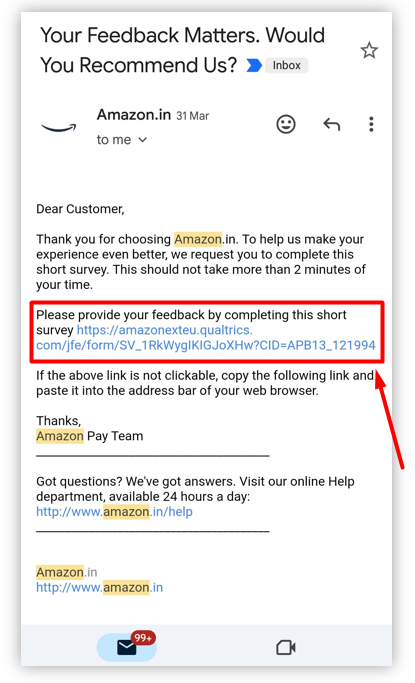
- Engaging and personalized content: The content of your email must not be boring, too short, too long, or irrelevant, but it should instead be unique and engaging, according to the demand and preferences of the consumer. Make sure to add all information that is important about your brand. The actual success of email marketing lies in writing content for the users so that it is helpful for content marketing. Writing engaging content about your brand means giving emotions to your products or services so that they can connect with it. You want every content of your email to be meaningful and impactful. Using videos, animations, and images could be a great way of sending an engaging message. Personalized content is of utmost importance in promoting awareness about your brand. Content can be regularly updated or framed as per the customer’s choices. Most customers like brands that speak directly to them and add content oriented to their preferences. It can be as easy as just using the user’s first name in your greeting. You can also add personal sign-offs at the end. Furthermore, you can send customized emails with graphics or videos on birthdays, anniversaries, and other special occasions or even just a simple thank you video to make a special bond that is more personal. The more you build connections with your audience through email content, the greater the chance of increasing leads and conversions. Since content is the first thing a viewer notices, it is an essential part under email marketing services. Also, personalized email content would depict your brand’s image as one that cares about its clients, users and boosts traffic.
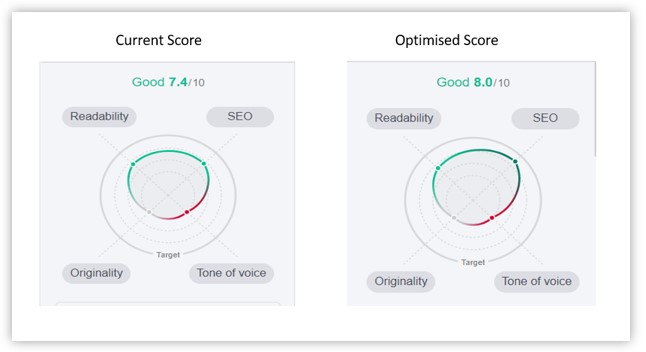
- Identify and follow branding guidelines: Before you start writing your emails, you need to have a clear understanding of your brand identity, its goals, and proper guidelines. You need to be sure of what your brand is about? How do you want it to be perceived by your customers and prospects? What makes you unique and different from your competitors? These are some of the questions that can help you in building brand identity through email marketing. Some branding guidelines include putting your brand’s logo in the mail, setting your tone right, putting images and videos, setting font size, color, and not mixing email templates. All these things should be consistent and are essential to consider while following branding guidelines. So, identifying and following branding guidelines is the foremost strategy while planning for email marketing.
- Select email types: Based on your email goals and audience bifurcation, you must choose the suitable email types for your campaign strategy. You can use many types of emails, such as welcome emails, newsletters, promotional emails, transactional emails, educational emails, re-engagement emails, etc. Each type of email has a different purpose, format, and tone, and you need to harmonize them with your brand identity. For instance, if your brand is fun and playful, you can use humor, emojis, and GIFs in your emails. If your brand is professional and authoritative, you can use more formal language, data, and testimonials in your emails.
- Select brand elements: Your brand elements are the visual and verbal elements that make up your brand identity. That includes your logo, colour, font type, size, images, icons, shapes, patterns, and slogans. Choose your brand elements nicely, as they speak about your brand’s products or services, help you identify your brand, and connect with it. You should also ensure your brand elements are consistent and adaptable across different email marketing platforms and devices.
- Optimize email: The final step of email marketing strategy is testing and optimizing your email to build your brand identity. You need to monitor the performance of your email campaigns and see how they are achieving your email goals and reflecting your brand identity. You can use various parameters such as adding a CTAs button, checking conversion rate, bounce rate, linking to social media platforms, optimizing your mail for mobile users and much more to evaluate your email effectiveness. You can also use SEO A/B testing, which compares two versions of an email to see which one performs better. Testing and optimizing your emails through your brand keywords and the niche of your brand can also improve your email marketing outcome and boost your brand identity.
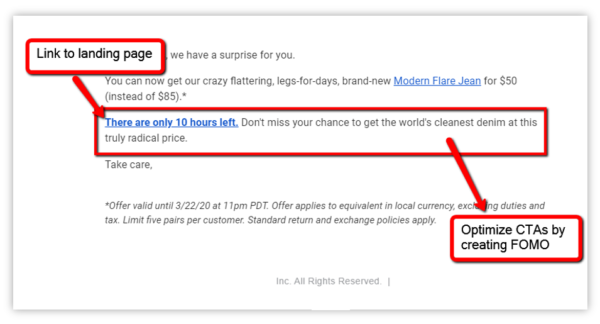
Conclusion
Email marketing campaigns have immense power to build brand identity and trust between you and your customers. Email marketing agencies use various tools to track the results of your email campaigns. A right email marketing strategy will boost sales and leads, increase conversions, and help to differentiate you from competitors. With the strategies mentioned above, you can create high-quality emails that are informative and engaging to generate high click-through rates.
Reference:
-
306, 2024Understanding Google’s preference for crawling high-quality content
Crawling websites is [...]
-
2905, 2024All you should know about third-party cookies by Google
Cookies have revolutionized [...]
-
2405, 2024Helpful content update by Google to enhance website ranking
Google launched a [...]



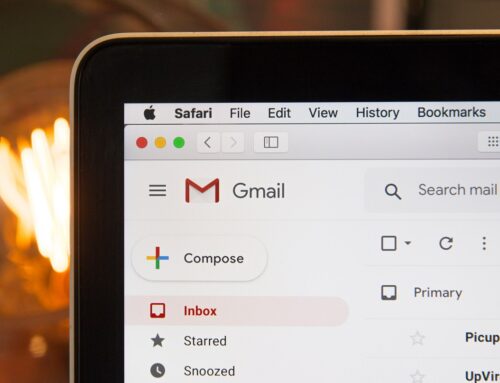
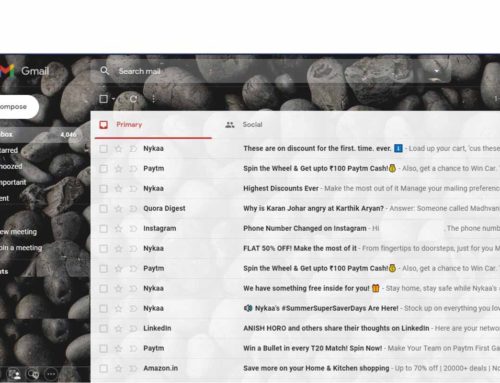
Leave A Comment